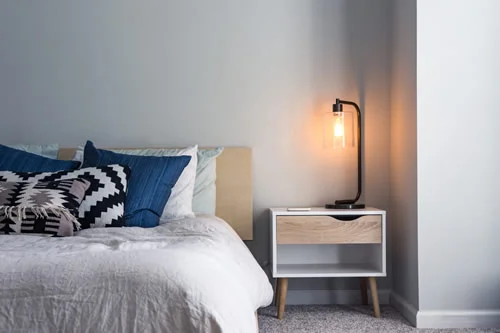
Cookie settings
We use our own and third-party cookies in order to offer our services, display videos, obtain statistics and offer personalized advertising.
For more information, please read our cookies policy.

The “Museo Municipal de Bellas Artes” (Fine Art Museum) contains fourteen exhibition rooms, which hold works dating from the 16th to the 20th century. The building has a classic design and was built at the beginning of 1929 by the architect Eladio Laredo.
The outside of the building is decorated with 10 busts of distinguished people from Tenerife, the most outstanding of which include: Teobaldo Power (musician and composer), Ángel Guimerá (poet and playwright), Juan de Iriarte (grammarian and writer), Antonio de Viana (poet), Villalba Hervás (historian), Bethencourt y Molina (engineer) and Valentín Sanz (painter).
The first objects to be kept and preserved here were the flags won in 1797 in the battle against Nelson. In 1840 the Town Hall ordered them to be preserved in a special place: this initiative was the beginning of the museum. In 1933 the current building was refurbished to be used as an exhibition space, as up until then, artistic works had been exhibited in the meeting rooms of the Town Hall.
Some of the most notable works that can be found in this museum are the "Triptych of Nava y Grimón" by the Flemmish painter Pieter Coecke; "San Andrés" by José de Rivera; "Orfeo" by Bueghel; a portrait of Queen Isabel II by Federico de Madrazo and works by Fernando Viscaí, Joaquín Sorolla, among many others. There are also an important number of works by Canarian artists, such as Gaspar de Quevedo, Cristóbal Hernández de Quintana, Juan de Miranda and González Méndez.
Among the many activities taking place here are guided tours of both the museum and of the patrimony of the city (Monuments of Santa Cruz, Squares and Avenues), book presentations, lectures and musical recitals.
Built: XX. Century
Author: Anónimo
Style: Neoclassical
Category: Museum
Type: Museum
Address and telephone
Opening times
If you see any mistakes or want to add anything to this information, please contact us.




Book your hotel